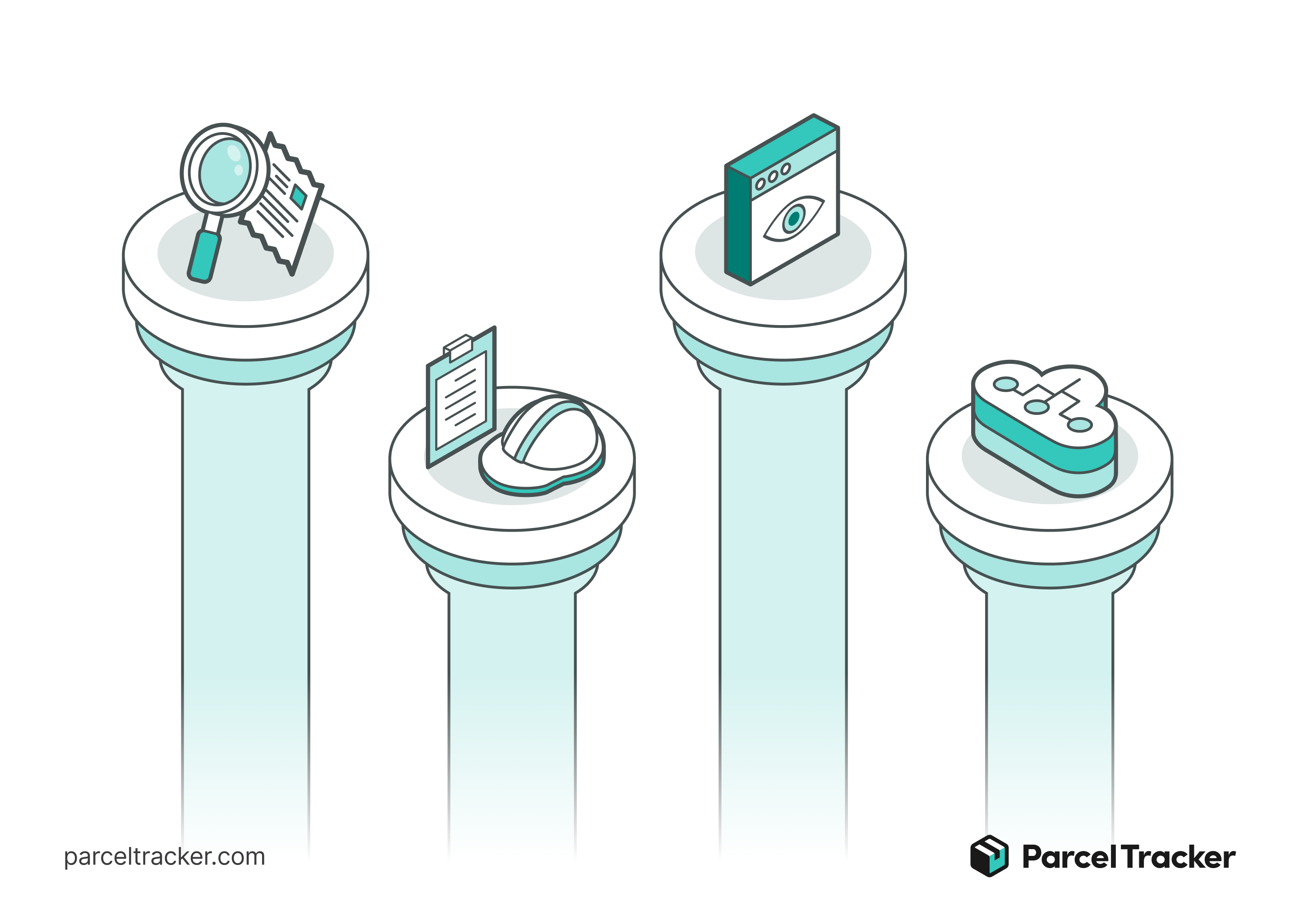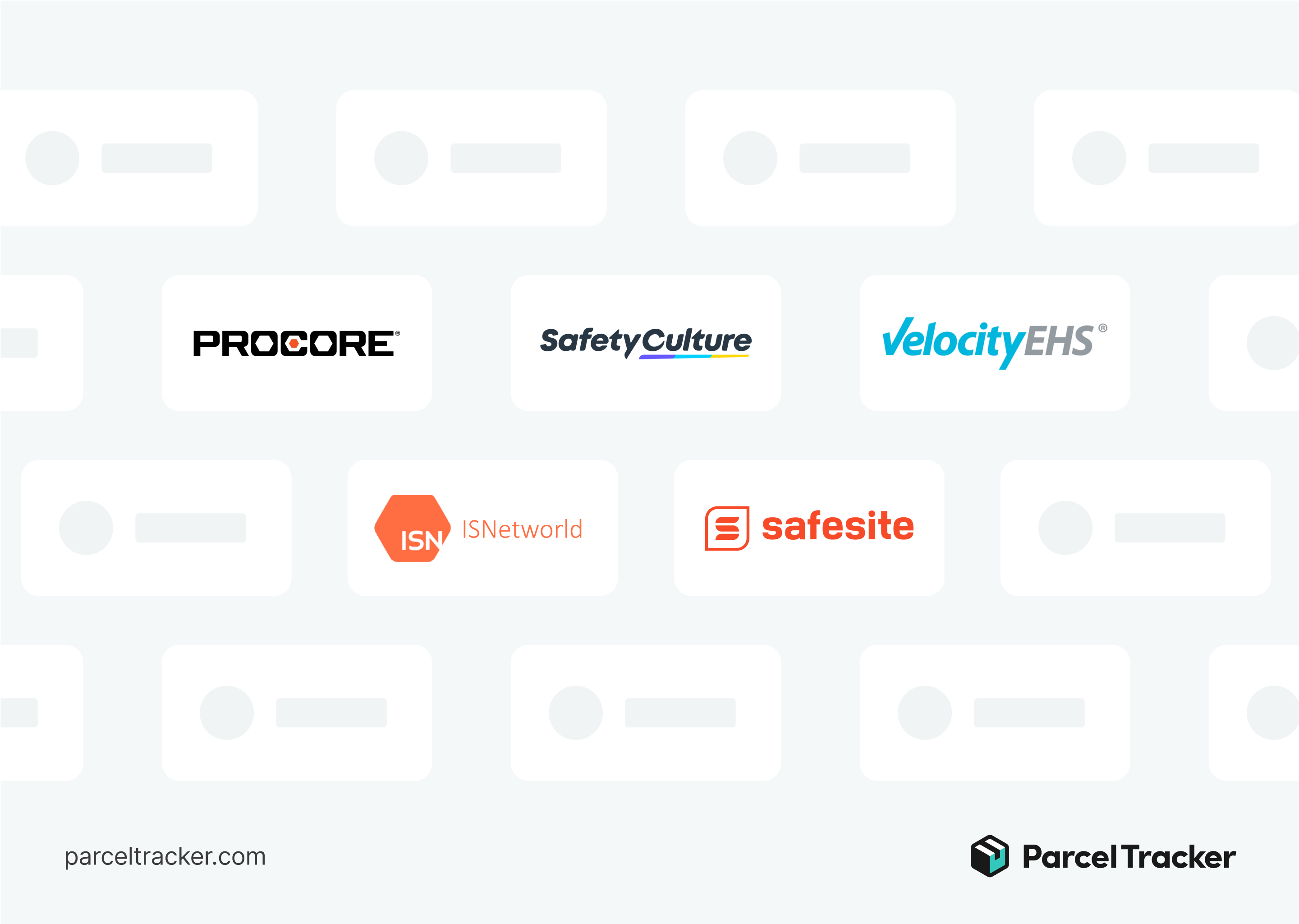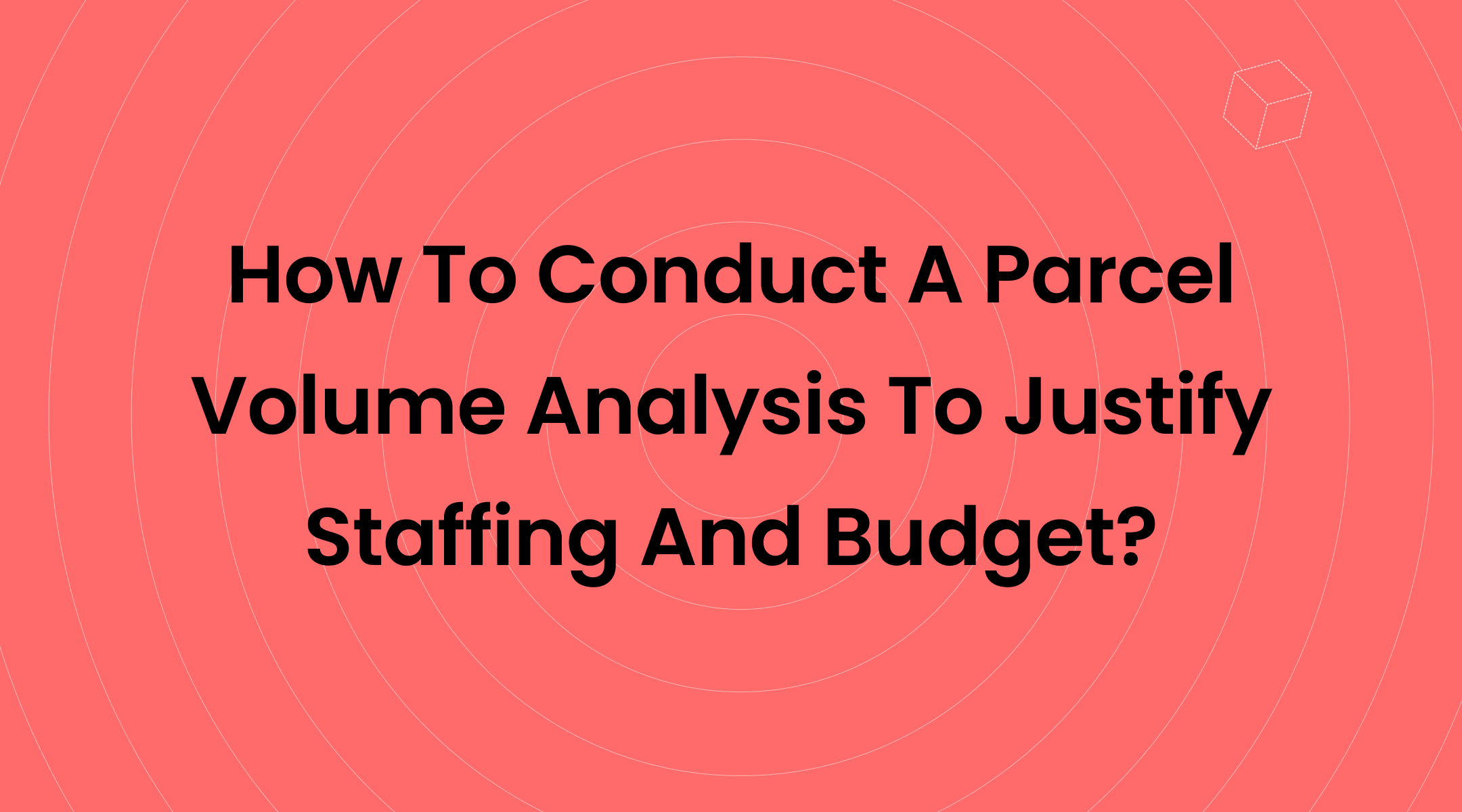Best Contractor H&S Management Systems

A single workplace incident can shatter more than just a piece of equipment. A preventable accident can stop your project and send workers to the hospital. The U.S. Bureau of Labor Statistics reported 2.6 million nonfatal injuries and illnesses in private industry in 2023.
One serious incident quickly increases costs. Fines from the Occupational Safety and Health Administration (OSHA) for willful or repeated violations can reach $16,550 per serious violation. But the financial hit extends further, impacting insurance premiums, legal fees, and your company's reputation for years to come.
When Contractor Health & Safety (H&S) Management systems fail, organizations bleed money and trust. This affects your bottom line and your standing in the market.

What are the Benefits of Reliable Contractor H&S Management?
Preventing accidents and providing a safe environment for every worker on your site delivers far more than peace of mind. Investing in Contractor H&S Management systems can turn risks into business advantages. Here's how prioritizing safety benefits your organization:
Reduce Costs and Enhance Financial Stability
A safety system acts as a powerful financial shield. It reduces direct expenses, such as medical treatment, legal fees, and equipment repair costs, after an incident. Indirect costs also plummet, including lost productivity, the time spent on investigations, and the expense of training new workers to replace those who are injured. Every dollar saved from avoided incidents goes straight to your bottom line.
Safety is an investment that pays dividends. A strong safety record has a positive impact on your Experience Modification Rate (E-Mod). This key factor, used by insurance carriers to calculate workers' compensation premiums, directly reflects your company’s claims history. A lower EMR means significantly lower premiums; for instance, a company with an EMR of 0.8 could save 20% on a $200,000 premium, pocketing $40,000.
Bolster Reputation and Secure a Competitive Advantage
Organizations with poor safety records often struggle to win new contracts or attract top talent. Conversely, a proven safety track record builds immense trust with clients, partners, and prospective employees. People want to work with and for companies that prioritize well-being.
Your reputation is a powerful asset in the market. Companies recognized for their safety efforts often report higher profits and increased productivity. A safe workplace fosters a more engaged workforce and enhances your standing as a responsible industry leader.
Guarantee Seamless Regulatory Compliance and Risk Mitigation
Systematic Contractor H&S Management provides a clear path to compliance with complex regulations. You easily navigate requirements, avoiding hefty fines from agencies like the OSHA and steering clear of costly legal entanglements. This approach eliminates reactive scrambling.
Moreover, effective systems don't just react but anticipate. They identify potential hazards and risks before they escalate into incidents, protecting your assets and maintaining operational continuity. You gain control over unforeseen events, ensuring projects stay on track and your business remains resilient.
What Makes a World-Class Contractor H&S Management System?

An effective Contractor H&S Management system rests upon a few critical, integrated pillars, such as:
Rigorous Contractor Prequalification and Selection
Never choose a contractor based solely on the lowest bid. You must establish clear, non-negotiable safety criteria for every potential partner. Evaluate their safety history, review their policies, and scrutinize their training programs. Demand transparent data, including their Total Recordable Incident Rate (TRIR), a key indicator of past safety performance.
Verify adequate insurance coverage. This initial, thorough vetting prevents future headaches and potential liabilities. For example, firms like Shockey, recognized for achieving "Million Hour Safety" milestones, show how a commitment to rigorous pre-qualification shapes a safety-first culture.
Comprehensive Onboarding and Site-Specific Inductions
Never assume a contractor understands your unique operational environment. Every new contractor, regardless of their experience, requires a thorough site-specific induction. Provide detailed information on site hazards, emergency procedures, and communication protocols. Clearly outline all Personal Protective Equipment (PPE) requirements before any work begins.
Clarity saves lives. Companies like Texas Roadhouse focus on summarizing comprehensive plans into concise, one-to-two-page reference guides for quick crisis response. Your goal is to ensure every person on your site knows the rules and understands their role in maintaining safety.
Continuous Monitoring, Communication, and Performance Feedback
Safety is not a one-time check. It's an ongoing, dynamic process. Implement regular site inspections and consistent safety audits. Establish open communication channels that empower workers to report unsafe conditions without fear of reprisal. Providing consistent, constructive feedback on safety performance drives continuous improvement.
This fosters a truly proactive safety culture where accountability flourishes at every level. Dalkia Energy Solutions champions a "zero harm" philosophy by consistently empowering its teams to identify and address risks. Such vigilance prevents minor issues from becoming major incidents.
Leveraging Technology for Efficiency and Oversight
Modernize your approach. Relying on outdated paper processes creates gaps and delays. Digital Contractor H&S Management platforms streamline pre-qualification, automate documentation, and meticulously track training and certifications. They centralize data for instant access.
These systems provide real-time visibility into contractor compliance, offering 360-degree oversight. You gain actionable insights, allowing you to make informed decisions swiftly.
Just as businesses might use a logo maker to quickly design consistent brand visuals, adopting modern digital tools for safety management ensures efficiency, consistency, and professionalism across all operations.
What are the Top Contractor H&S Management Systems?

Here are some of the top systems available today, each offering its own strengths to help you:
Procore Safety Management
An integrated construction management platform with a robust safety module. It unifies project and safety data for comprehensive oversight, aiming to keep your entire team informed and compliant.
- Pros:
- Seamlessly integrates with other project management functions.
- Offers strong mobile capabilities for field use.
- Automates Occupational Safety and Health Administration (OSHA) log generation, simplifying compliance.
- Cons:
- Can present a higher cost for smaller teams.
- May have a steeper learning curve due to its extensive feature set.
- Customizing it to specific workflows might require significant time and effort
SafetyCulture (formerly iAuditor)
A mobile-first platform widely used for digital safety inspections, audits, and checklists. It emphasizes ease of use in the field and delivers real-time reporting to address issues quickly.
- Pros:
- Excellent for conducting paperless inspections and audits with customizable templates.
- Offers strong mobile accessibility for field teams.
- Provides real-time reporting for swift issue resolution.
- Includes a free version suitable for smaller teams.
- Cons:
- Advanced features or extensive customization can incur higher costs.
- Collaboration tools might feel basic for highly complex team needs.
- Less tailored for in-depth contractor inductions compared to some specialized platforms
VelocityEHS
A comprehensive Environmental, Health, and Safety (EHS) management software suite. It includes robust modules specifically designed for contractor safety, incident management, and overall compliance.
- Pros:
- Highly modular and customizable to fit diverse organizational needs.
- Features robust incident tracking and compliance dashboards.
- Offers detailed reporting and analytics for informed decision-making.
- Scalable for businesses of all sizes.
- Cons:
- It can appear complex for smaller organizations, requiring dedicated training to fully leverage all features.
- Typically comes with a higher price point, potentially making it less accessible for very small businesses.
- It may be overkill if you only need basic contractor safety functionality
ISNetworld
Primarily focuses on contractor prequalification and compliance verification. It acts as a central hub, connecting hiring clients with safe and reliable contractors by standardizing their vetting process.
- Pros:
- Simplifies and standardizes the often-complex contractor prequalification process.
- Automates compliance tracking for essential documents like certifications and insurance.
- Widely recognized and often a mandatory requirement for large clients.
- Cons:
- It can be expensive for contractors to join and continuously maintain compliance.
- Offers limited features for day-to-day, ongoing safety management once a contractor is prequalified.
- Reporting tools are generally basic, less flexible for very small businesses
Safesite
An affordable safety management software designed to simplify safety reporting, inspections, and monitoring. Its goal is to promote a proactive safety culture across projects.
- Pros:
- Cost-effective, making it particularly suitable for small to mid-sized businesses.
- Features an intuitive platform with good mobile accessibility.
- Helps reduce incidents through proactive hazard identification and tracking.
- Provides advanced analytics for performance insights.
- Cons:
- Some advanced features may be available only through higher-tier plans.
- While comprehensive, it might not offer the same depth of integration with broader enterprise resource planning (ERP) systems as some larger, more established platforms
Elevate Your Safety with the Right Contractor H&S Management System
%20gathered%20together%20looking%20at%20a%20tablet.png)
The cost of neglected Contractor H&S Management systems extends beyond fines and legal battles. It breaks trust, empties resources, and leaves your organization vulnerable to devastating, preventable incidents. Waiting for an accident to happen is a gamble no responsible organization can afford. The moment to act, to fortify your operations against these critical risks, is now.
Take control and re-evaluate your current safety protocols. Explore the powerful, modern solutions available to you. Invest in the right systems and, more importantly, cultivate a genuine culture of safety that empowers every individual on your site. Safeguard your people, secure your profits, and build a resilient legacy. The future of your organization depends on this decisive action.






